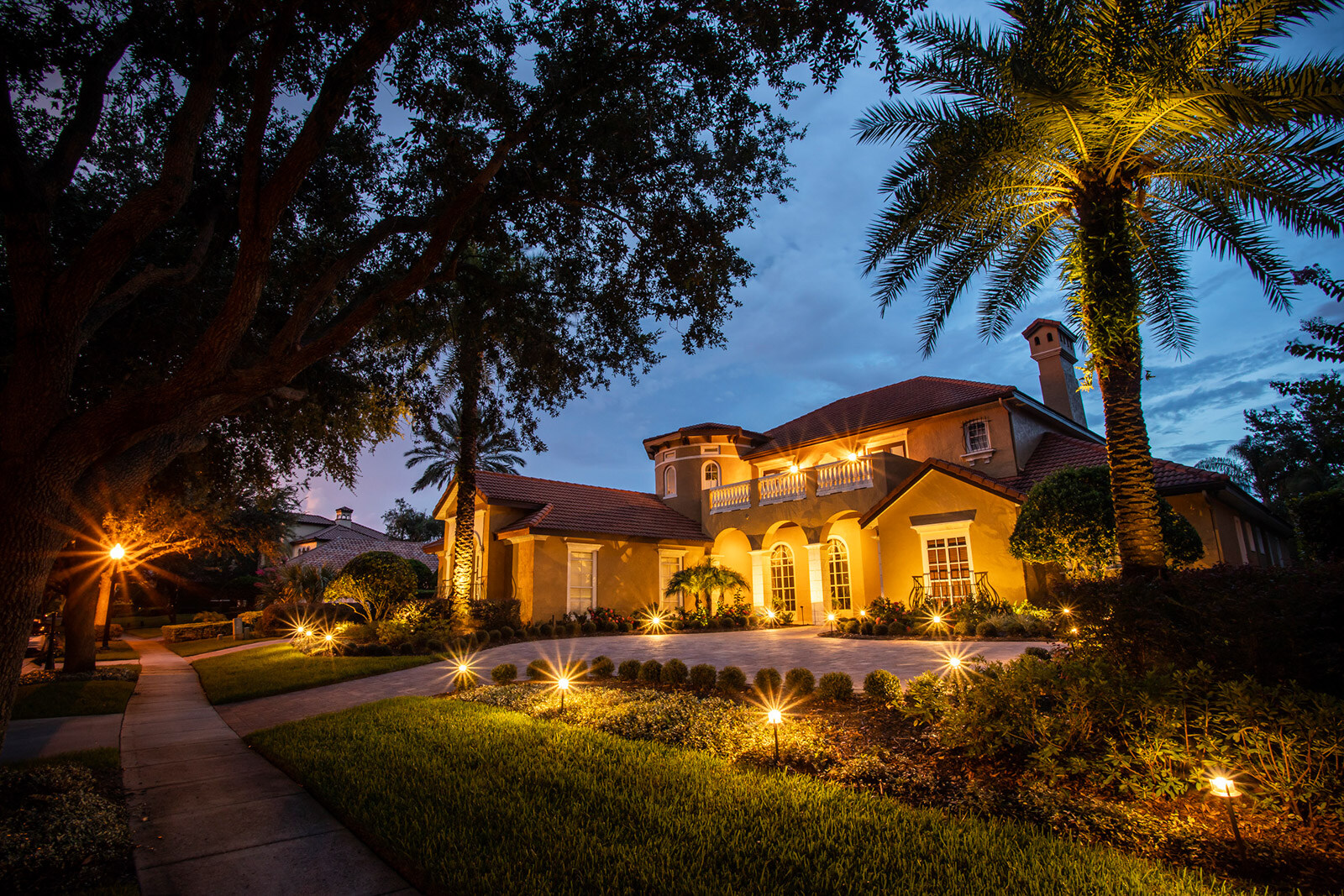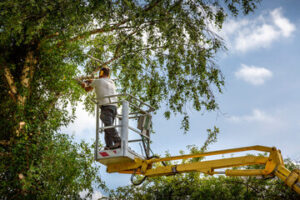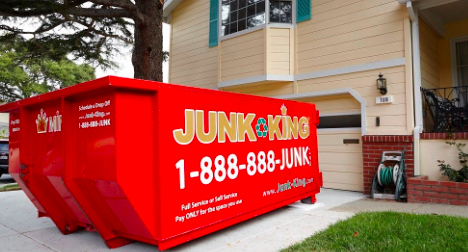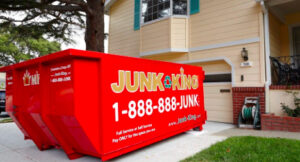Miami Landscape Lighting has become a standard outdoor feature for many reasons. It sets a festive mood for evening entertaining, highlights your home’s architecture or water features, and increases curb appeal.
Moreover, according to research by the National Association of Realtors, it’s also a major home value-add. However, there’s more to landscape lighting than just hardware and product specs.

Uplighting is a great way to make a focal point in your landscape pop at night. It highlights a feature in your garden or statuary by installing a spotlight at the base of the object to be highlighted and shining it upward at an angle. The light highlights the plant’s or sculpture’s texture, adding drama and elegance to a space. If done poorly, this lighting effect can look pretty scary (which is why you see a lot of it in Halloween lighting designs).
When choosing uplighting fixtures, try to keep them low and discreet or even buried or hidden so the focus is on the feature, not the fixture itself. You also want to be careful not to overdo it with uplighting, as too much can create a washed-out effect. Using lights with different beam spreads can help you achieve the desired effect. It is also important to consider the brightness or lumens of the bulbs, as this will determine how well your fixtures illuminate the feature you want to highlight.
Some common features include unique trees, taller plants, and architectural elements like columns or pillars in the yard. You can also highlight features of the home, such as a stone wall, fireplace, or other hardscape. Uplighting stone features is a fantastic option because it brings out the color and texture of the rock and throws beautiful light around the surrounding foliage. Lastly, uplighting the home can be an effective security measure, as it can help deter unwanted intruders and make it harder for them to hide.
Be conservative with house and perimeter uplighting, as too much can wash out a space. Lighting the walls of the house and the perimeter walls can look best when used as individual pools of light that are well-defined and do not intersect with one another. Using multiple lights for larger trees is important, as more than one light may be needed to illuminate them adequately.
It is a good idea to carefully plan and design your lighting before installing it carefully, as mistakes can be costly. Improperly placed and aimed lighting can ruin the design and create safety hazards, such as when a light shines into a walkway and blinds people walking through the garden after dark. Properly planned and executed landscape lighting can express your style, increase safety, and provide an inviting and warm feeling for family and guests.
Landscape lighting is about more than just illumination; it can bring a sense of depth and dimension to your yard. Whether you want to accentuate the architectural detail of a favorite tree, add drama to a focal point of your home, or draw attention to a hardscape feature like a fountain or stone retaining wall, landscape lighting can bring your vision to life after dark.
Uplighting and downlighting are two different landscape lighting techniques a professional can use to accent your home or garden’s features. Uplighting places the spotlight in a lower position, often on the ground or in the middle of an object, to illuminate it from above. Downlighting involves placing a fixture at an elevation, such as a light mounted on a tree or the eaves of your house, to cast a wide beam downward over the surrounding area or object.
When used properly, these different landscape lighting techniques create a beautiful, natural look by highlighting shadows and contrasts and showing off the best of your yard. They also help improve safety and security by illuminating walkways and steps after dark.
Uplighting and downlighting are available in various fixture shapes, sizes, and colors. The bulb type you choose will determine your fixture’s brightness, color temperature, coverage, and how much electricity it uses. LED bulbs are a good choice for landscaping because they last longer and use less energy than halogen bulbs.
The fixture material and finish are other factors to consider when choosing the right landscape light for your project. Durable finishes like copper and brass won’t rust or fade over time, while painted aluminum fixtures may require repainting or refinishing after a few years. In terms of style, many homeowners choose a “flood” light with a wider beam spread, while others opt for a narrower beam spread.
A professional will help you find the right landscape lights for your needs and ensure that the wattage on each light line is appropriate to avoid overloading it. They will also install a photocell and timer on your transformer so the lights turn off automatically at dusk.
Landscape lighting has become a popular way to illuminate paths, highlight a garden, and elevate the architectural features of a home. It’s also a great way to make your yard safer and more usable after dark for outdoor entertaining and family fun. A well-lit exterior is an appealing feature for guests and neighbors, and it will increase your property value, too.
The type of fixture you choose will determine how your landscape is lit. There are two main types: task and ambient. Task lights illuminate a specific object or area of the landscape to focus on a particular detail, such as a water feature or an artfully placed tree branch. Ambient lighting, on the other hand, is more illuminating and creates a warm glow that highlights your landscaping and draws attention to a focal point.
When deciding on the best fixtures for your outdoor space, remember that low-voltage landscape lighting is safe for children and pets to use because it operates at a very low voltage and is shielded from direct contact with the ground. However, as you shop around, be sure the fixture is rated for outdoor use and installed with a low-voltage transformer. Installing a photocell or timer on your transformer so the system turns off automatically at dusk is also a good idea.
You can even add a more dramatic touch to your property with cross-lighting, highlighting a particular feature by using a light to shine on both sides of the item. This is a great method for showing off a fountain, pond, or pergola and is perfect for non-uniform-shaped objects that are difficult to show off with just one light shining on them.
Considering what lighting will work best on your property, it’s important to have a clear vision of your overall goal. You can start by creating a sketch of your property and taking note of the areas most important to you, then determining how each region will be lit. Doing this ensures that your landscape is perfectly executed and makes a lasting impression on those who visit your home and garden.
Landscape lighting is one of the most common home improvement projects homeowners invest in. However, it takes a lot of work to get the lighting right. Some contractors make several mistakes that can cause their projects to fail. One of the most common mistakes is choosing quantity over quality. Lighting products are electrical and exposed to harsh outdoor environments for long periods, so contractors should select only the highest-quality fixtures. This will save them money in the long run by reducing repair and replacement costs.
Contractors should also be careful not to over-light their landscapes. Too much lighting can create a visually unattractive and fatiguing look. It’s important to use a variety of bulbs and light levels in your landscape lighting to create a more layered look and a natural, welcoming ambiance.
When selecting the right lumen output for your LED lights (as opposed to watts used by antiquated halogen lights), remember that you want the brightness of your outdoor lighting to match the color temperature of the subject being illuminated. A bulb’s color temperature is measured in degrees Kelvin (K). A warmer light source, such as a soft white or candlelight, works well for uplighting oak trees and brown stucco siding. On the other hand, a cooler lighting effect (more blue or close to the color of sodium lights used in some cities) would be better for lighting up a dark gray exterior stone and pine trees.
Another thing to consider is the location and orientation of the fixture. Incorrect positioning and spacing can lead to excessive glare, which is annoying for the homeowner and dangerous for guests and passersby. It’s also important to consider the impact of your lighting on neighboring homes and properties, especially if you live in a rural area or an urban neighborhood with many surrounding high-rise buildings.
With the advent of LED technology, lighting is more durable and long-lasting than ever. Unlike incandescent bulbs that only last about 500 hours, LEDs can be used up to 10 times longer at a fraction of the cost. It’s also easier to customize your lighting with features like adjustable beam spread and dimming controls, which allow you to achieve the perfect look for your unique space.




 When you have a large amount of waste to get rid of, whether it’s from an estate cleanout, home remodel, or a neighborhood cleanup project, a junk removal service is one way to get the job done. They come to your location, haul away the waste, and dispose of it for you. They can also help with bigger jobs such as demolition and construction debris. There are several factors that can impact the cost of a junk removal service, including the size of your waste, the type of trash, and whether it needs to be recycled.
When you have a large amount of waste to get rid of, whether it’s from an estate cleanout, home remodel, or a neighborhood cleanup project, a junk removal service is one way to get the job done. They come to your location, haul away the waste, and dispose of it for you. They can also help with bigger jobs such as demolition and construction debris. There are several factors that can impact the cost of a junk removal service, including the size of your waste, the type of trash, and whether it needs to be recycled.